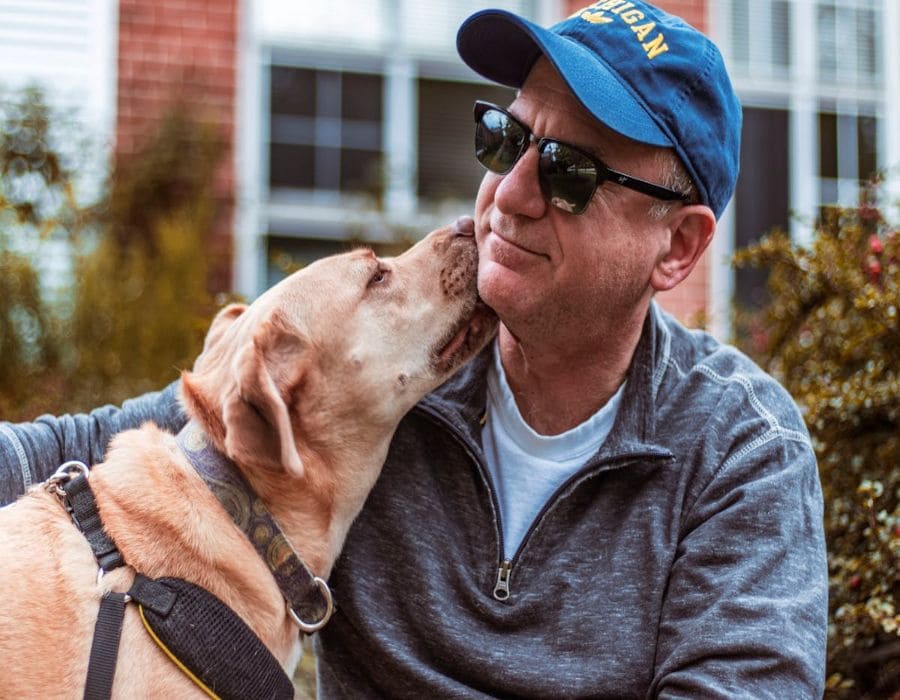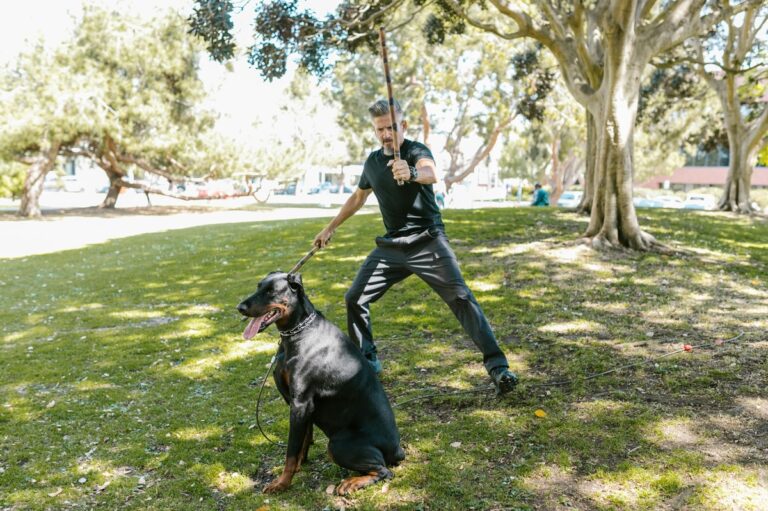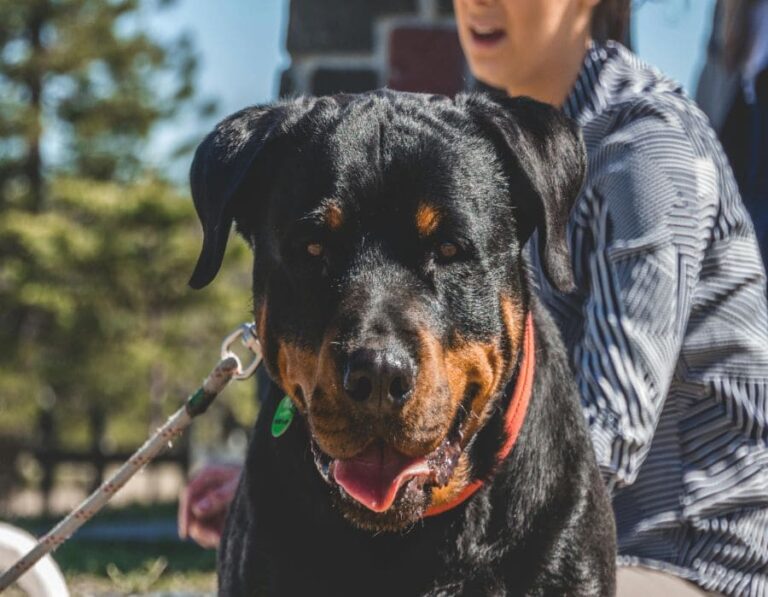10 Natural Dog Behaviors You Should Never Discourage
Dogs can be goofy, slobbery, barky bundles of joy—but everything they do, even the messy stuff, has roots in natural behavior. That zooming around the yard or sniffing every single thing? It’s not mischief—it’s instinct.
Understanding your dog’s built-in behaviors helps strengthen your bond and makes training more effective. Instead of scolding them for acting like, well, dogs, it’s better to redirect or adapt these habits. Here are ten natural dog behaviors you should never discourage—and what they really mean.
Sniffing everything during walks
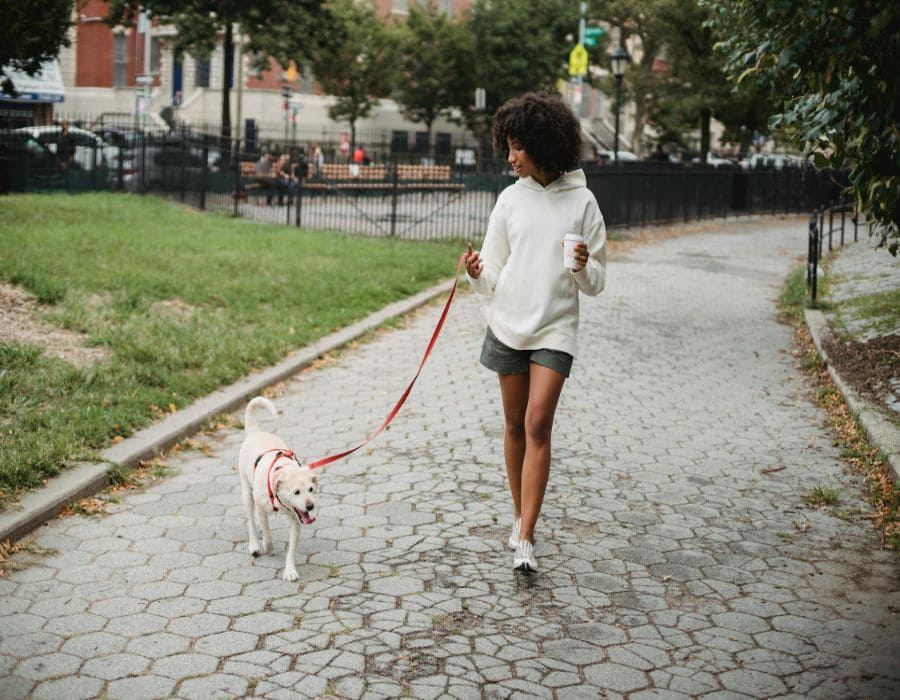
To dogs, walks are more than exercise—they’re a sensory experience. Sniffing hydrants, trees, and every bush in sight helps them understand the world. Letting them sniff freely (in safe areas) reduces stress and provides vital mental stimulation.
Digging in the yard or blankets
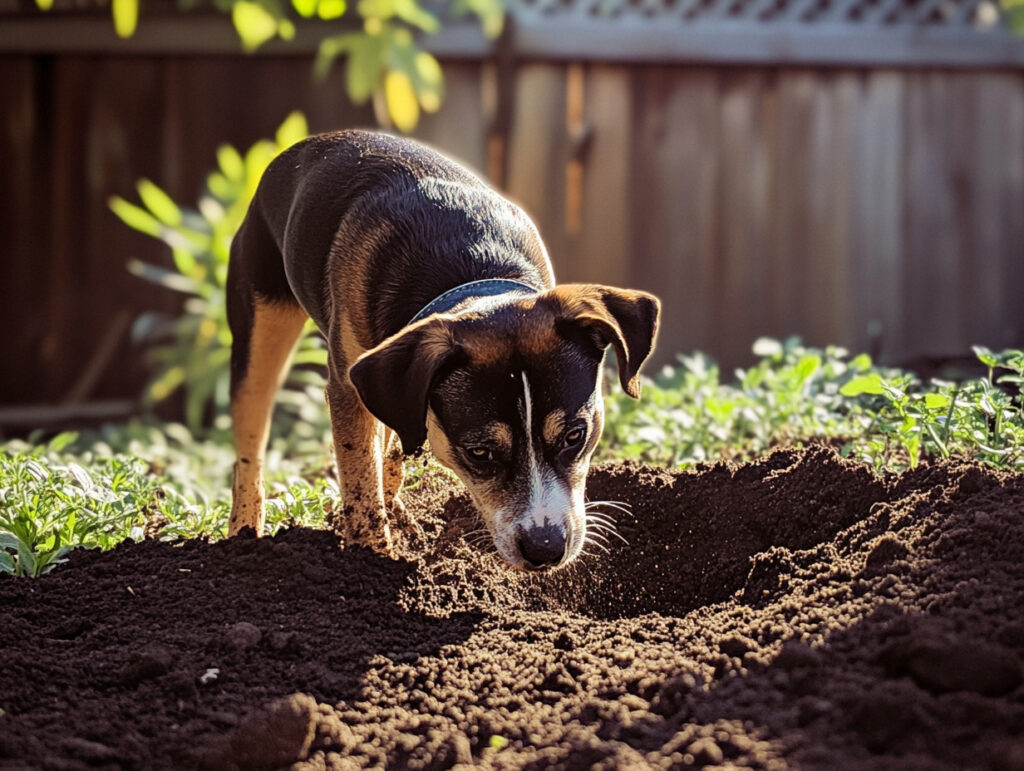
Whether it’s burying a bone or creating a cool resting spot, digging is instinctual. It dates back to their wild ancestors. Provide a sandbox or a dig-friendly spot so they can indulge the urge without ruining your garden.
Barking to alert you
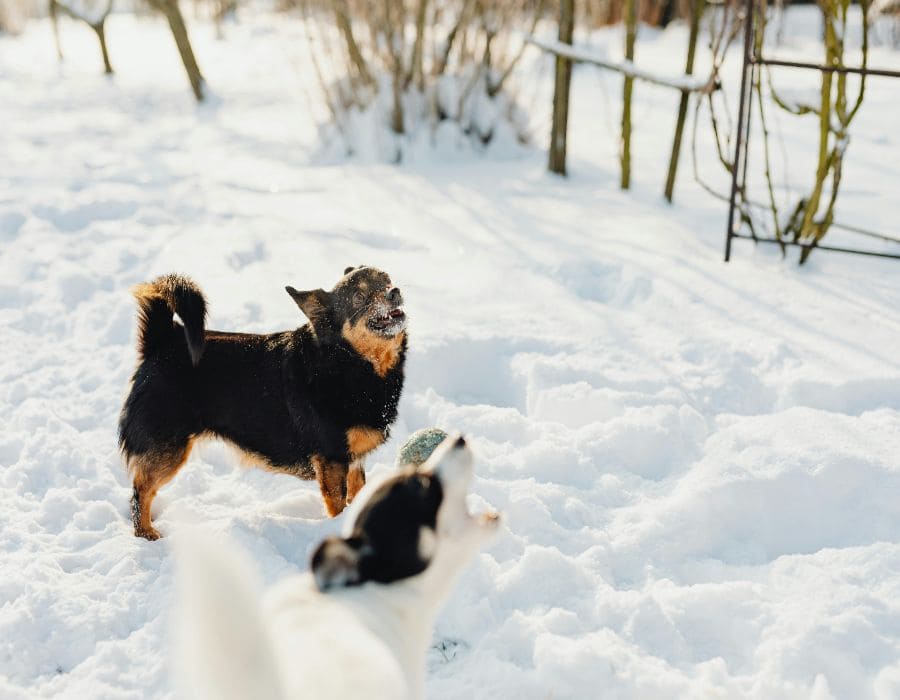
Your dog isn’t trying to be annoying—they’re trying to communicate. Alert barking lets you know someone’s approaching or something’s changed. Teach a “quiet” command instead of punishing them for doing their job.
Chewing on toys or bones
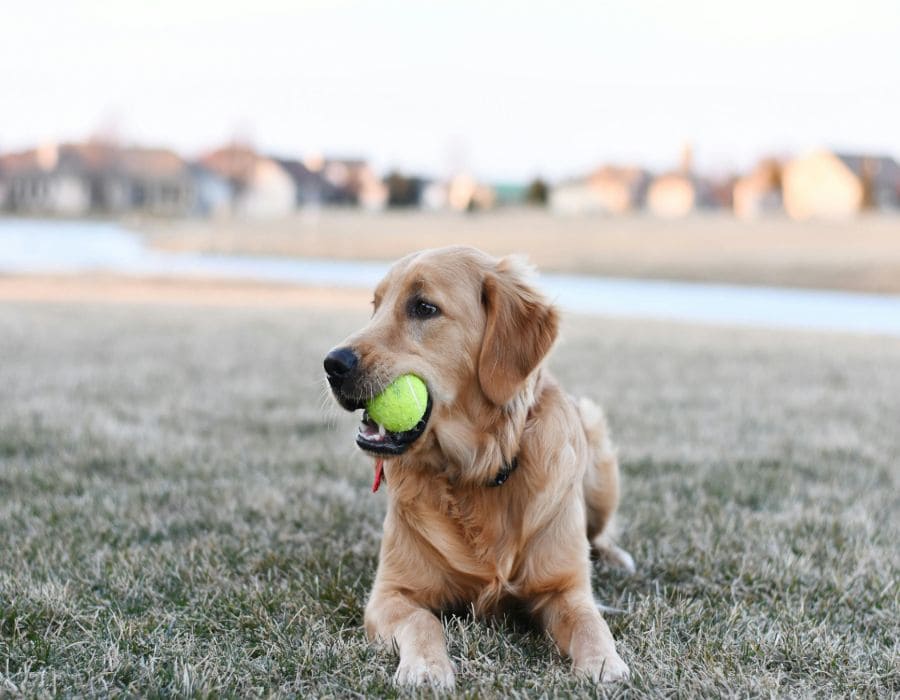
Chewing is a natural stress reliever and keeps teeth clean. Puppies chew to ease teething pain, while adults chew for fun or relaxation. Offering appropriate chew toys protects your shoes—and supports their mental health.
Rolling in smelly things
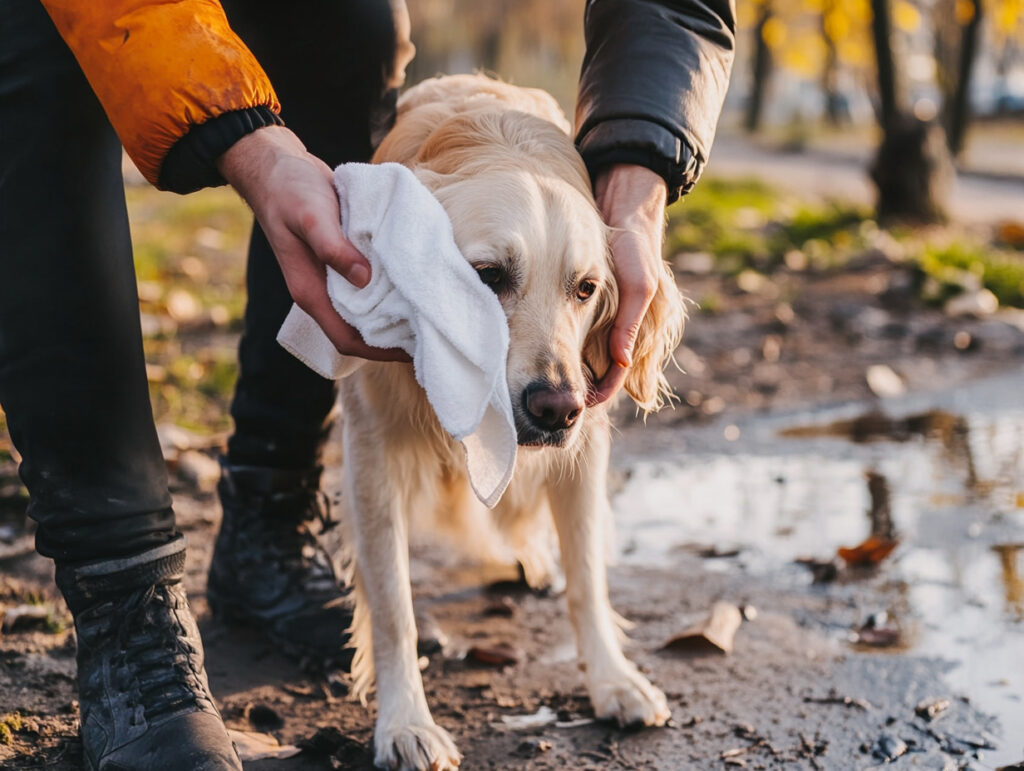
It’s gross to us, but rolling in stinky stuff is how dogs mask their scent or “claim” a smell. While not ideal indoors, this behavior is deeply instinctual. A quick bath solves the problem without shaming them.
Chasing moving objects
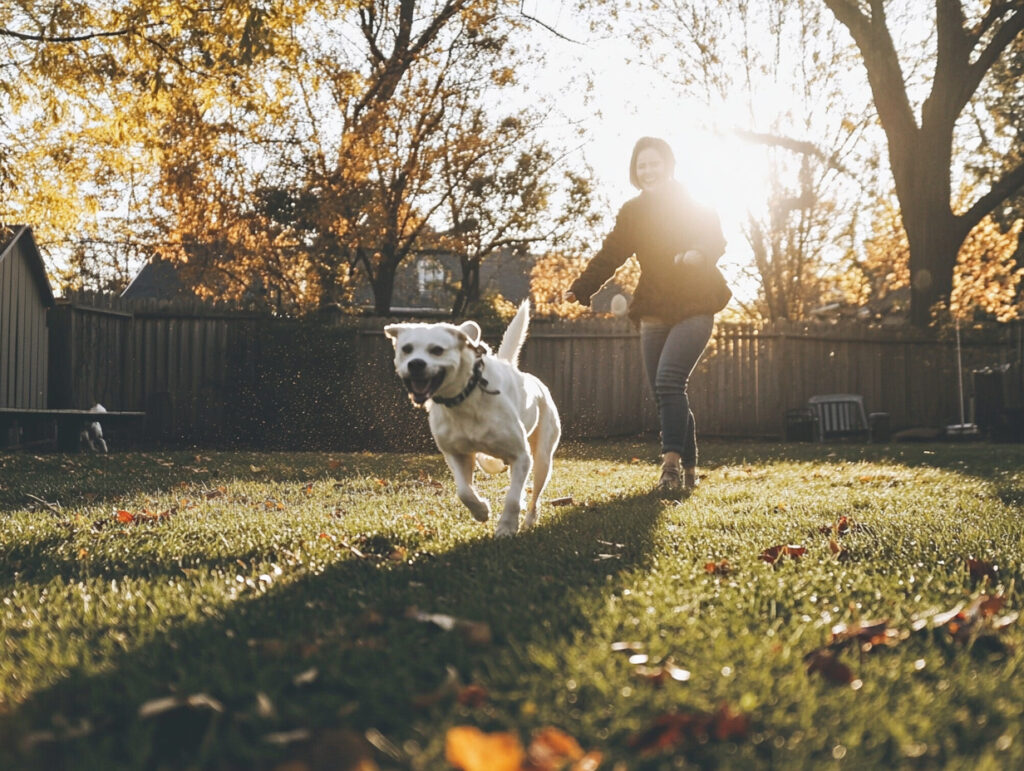
That urge to chase runners, bikes, or squirrels? Totally natural. Dogs are predators at heart. Instead of scolding, train recall commands and provide chase-friendly toys like flirt poles to satisfy the urge safely.
Leaning or sitting on you
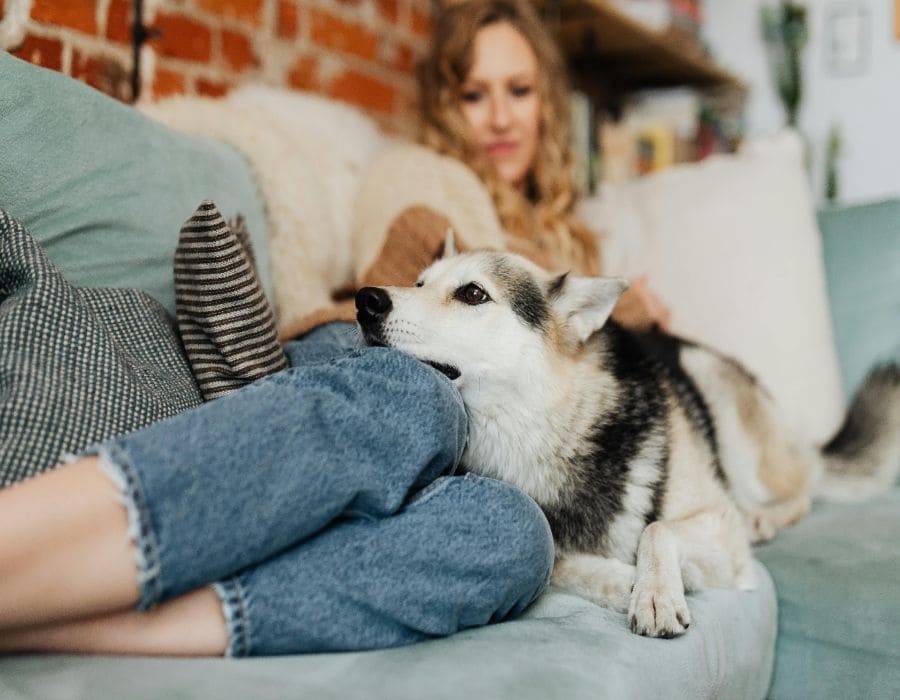
When your dog leans or plops their entire body onto you, they’re not being clingy—they’re seeking comfort and connection. It’s a sign of trust, affection, and their way of saying “I feel safe with you.”
Circling before lying down
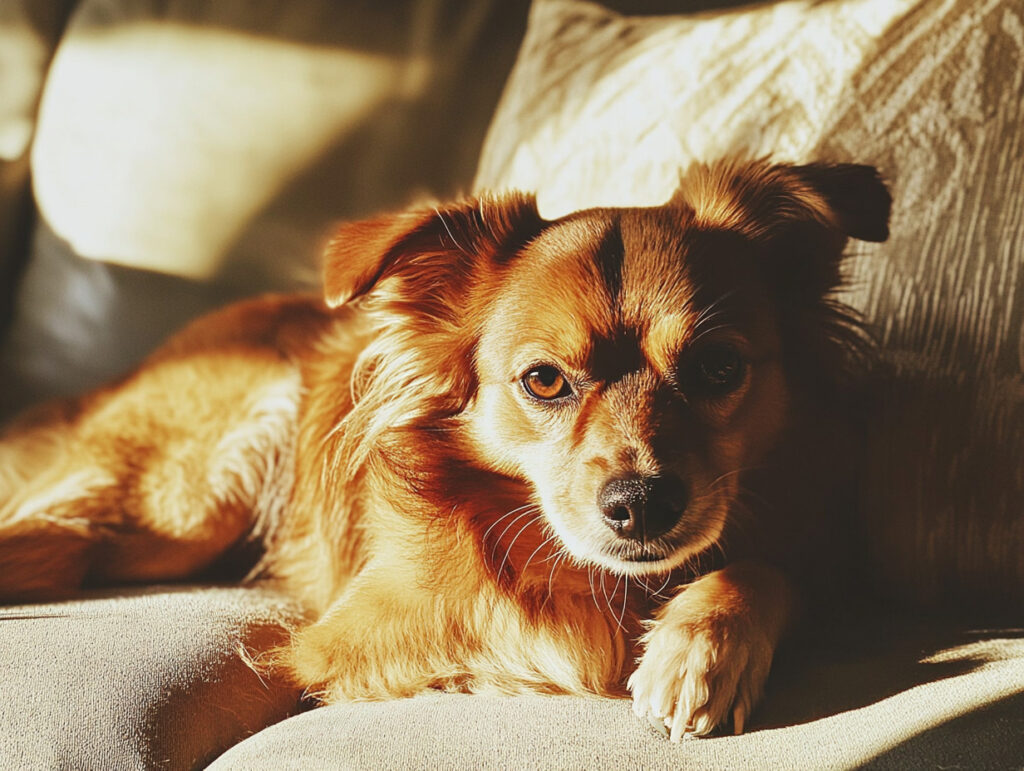
This classic spin move comes from wild dogs patting down grass or checking for snakes before resting. Even indoors, they retain this ancient ritual. It’s harmless and oddly charming, so let them take their twirl.
Licking your hands or face
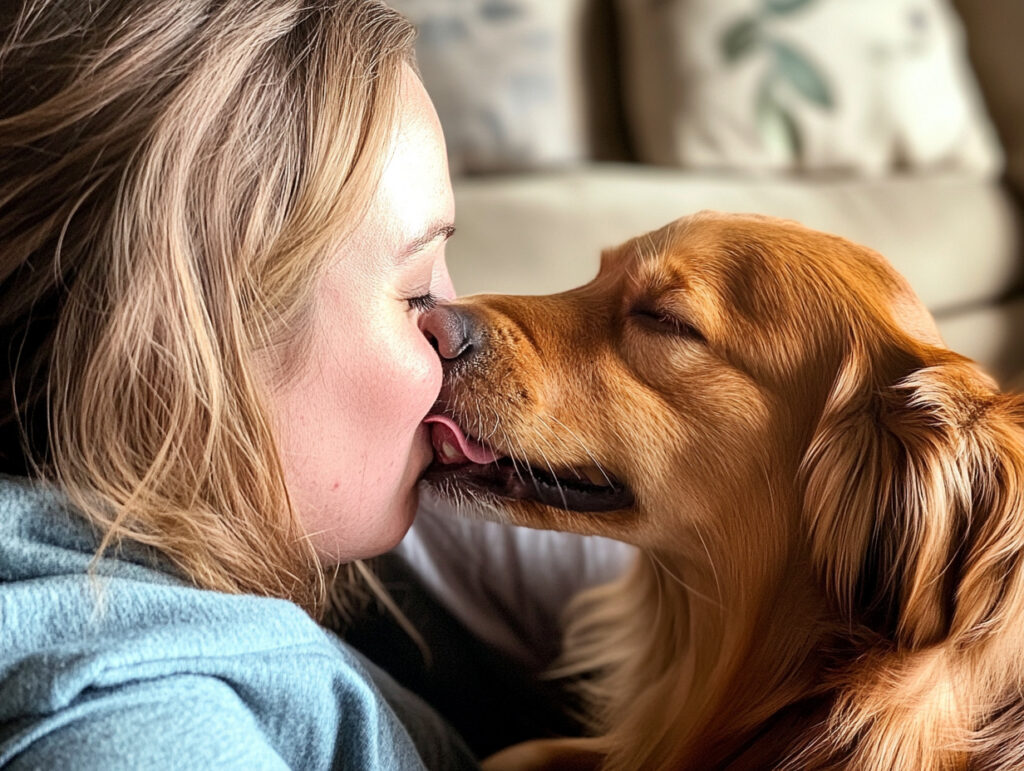
Licking is a natural greeting and bonding behavior. It can mean affection, submission, or an attempt to groom you. Unless it becomes excessive, it’s best to let your pup show love their way.
Carrying things in their mouth
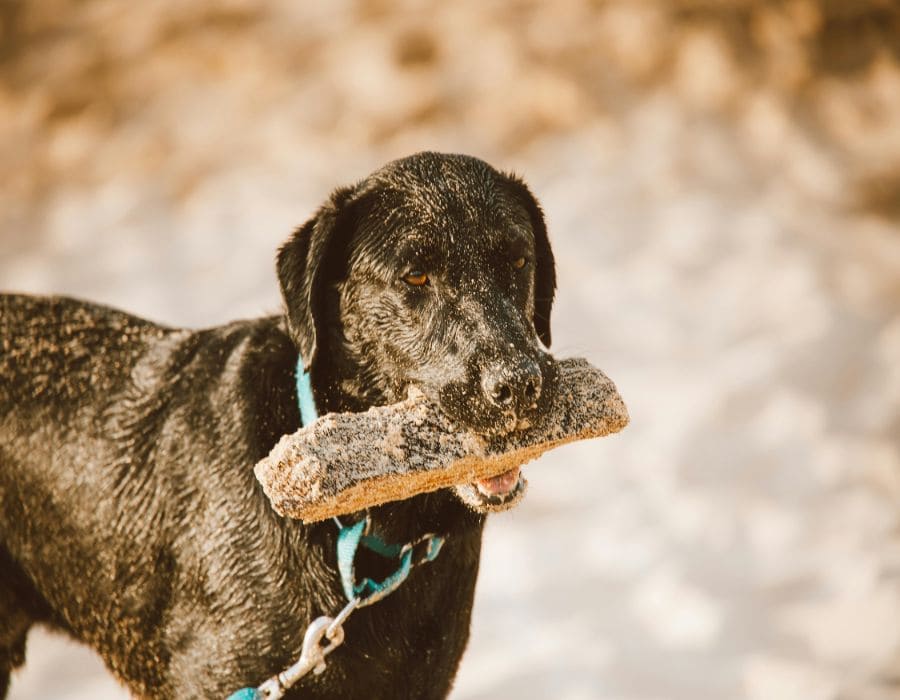
Dogs love to carry toys, socks, or even your shoes because it comforts them or fulfills a retrieving instinct. Give them acceptable items to carry proudly—just make sure it’s not your favorite designer slipper.
Final Thoughts
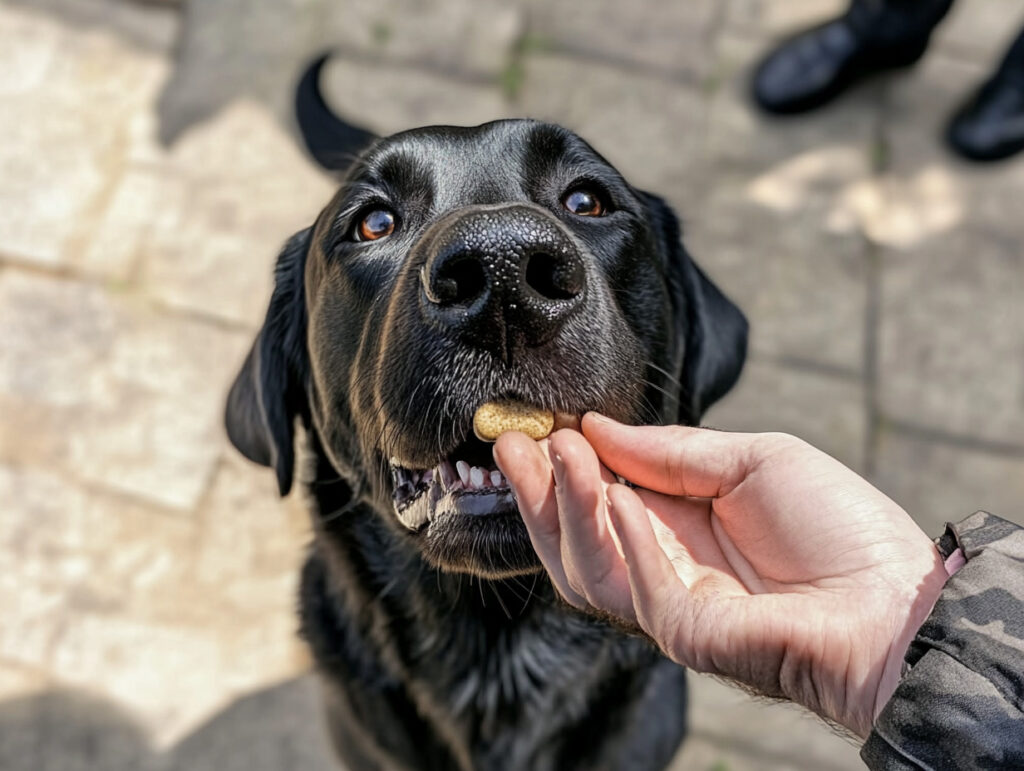
Dogs aren’t random —they’re perfectly wired creatures with instincts worth respecting. By working with their nature instead of fighting it, you build trust, reduce frustration, and make your dog’s life (and yours) a whole lot happier.

